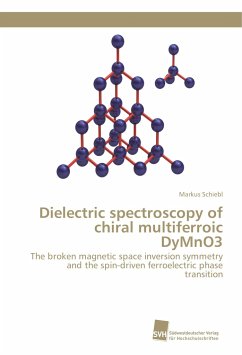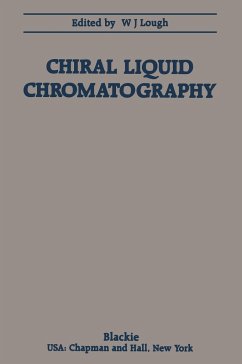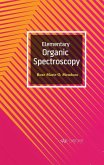In magnetoelectric multiferroics the onset of ferroelectricity is coupled to the onset of a magnetic structure that breaks the inversion symmetry. The dynamics of such coupled ordering transition can be probed via the dielectric response of the system. Generally, the question which type of ferroelectric transition (order-disorder or displacive) applies for multiferroics is important and DyMnO3 belongs to the most prominent members of this interesting material class. In the ferroelectric state, the Mn3+ spins form a cycloidal magnetic structure whereas in the paraelectric state, a collinear sinusoidal modulated spin structure is proposed to exist. However, the exact role in the formation of multiferroicity of the so-called collinear sinusoidal magnetic state, preceding the multiferroic state under cooling, is not yet fully clarified. Detailed dielectric studies near the spin-driven ferroelectric phase transition reveals the indication of an order-disorder type ferroelectric transition. Thus in the paraelectric state, a dynamical equilibrium of short range order cycloids with opposite chiralities exist instead of a sinusoidal modulated long range spin structure.








